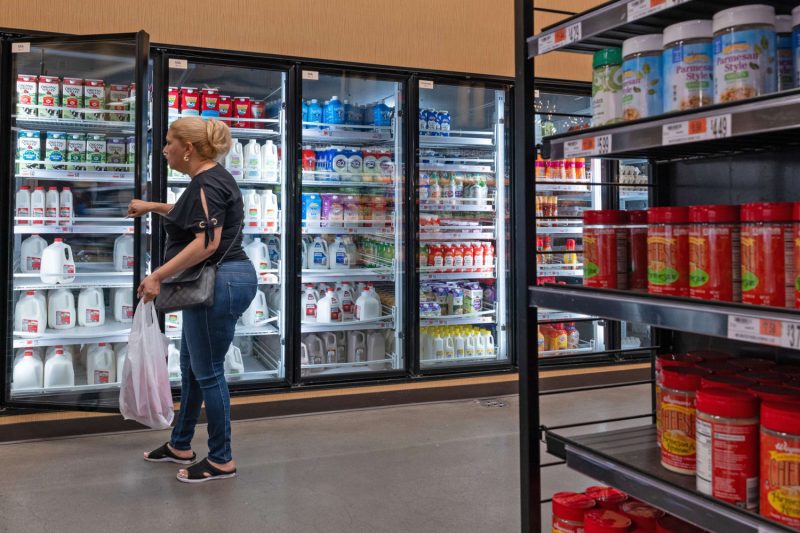The Federal Reserve’s Key Inflation Measure Cooled Slightly from a Year Ago, Setting Stage for Rate Cut
The Federal Reserve’s key inflation measure, the personal consumption expenditures (PCE) price index excluding food and energy, has shown a slight cooling from a year ago. This development could potentially set the stage for a rate cut by the Federal Reserve to stimulate economic growth and combat current economic uncertainties. The PCE index is closely monitored by the Federal Reserve as it provides insights into inflation trends and influences the central bank’s monetary policy decisions.
Inflation plays a crucial role in the economy as it affects the purchasing power of consumers, investment decisions of businesses, and overall economic stability. The recent cooling of the PCE index suggests that inflationary pressures may be easing, signaling a potential slowdown in the economy. This could prompt the Federal Reserve to consider cutting interest rates to stimulate economic activity and prevent a further slowdown.
The Federal Reserve has a dual mandate of promoting maximum employment and maintaining stable prices. Inflation is a key component of price stability, and the central bank aims to achieve an inflation rate of around 2% over the medium term. However, persistent low inflation or deflation can have adverse effects on the economy, leading to decreased consumer spending, lower investment, and reduced economic growth.
A rate cut by the Federal Reserve can have several implications for the economy. Lower interest rates make borrowing cheaper, encouraging businesses and consumers to invest and spend more. This can stimulate economic activity, boost employment, and support overall economic growth. However, a rate cut also carries risks such as fueling inflation, exacerbating asset bubbles, and limiting the central bank’s ability to respond to future economic downturns.
The decision to cut interest rates is not taken lightly by the Federal Reserve, as it requires careful consideration of various economic indicators and risks. The recent cooling of the PCE index provides the central bank with additional data to support a potential rate cut. However, the Federal Reserve must also take into account other factors such as economic growth, employment trends, and global economic conditions before making a decision.
In conclusion, the slight cooling of the Federal Reserve’s key inflation measure, the PCE index, from a year ago sets the stage for a potential rate cut to stimulate economic growth and combat current economic uncertainties. The Federal Reserve plays a critical role in managing inflation and supporting economic stability through its monetary policy decisions. As the central bank evaluates the need for a rate cut, it must consider a wide range of economic indicators and risks to ensure that its actions support long-term economic growth and stability.
